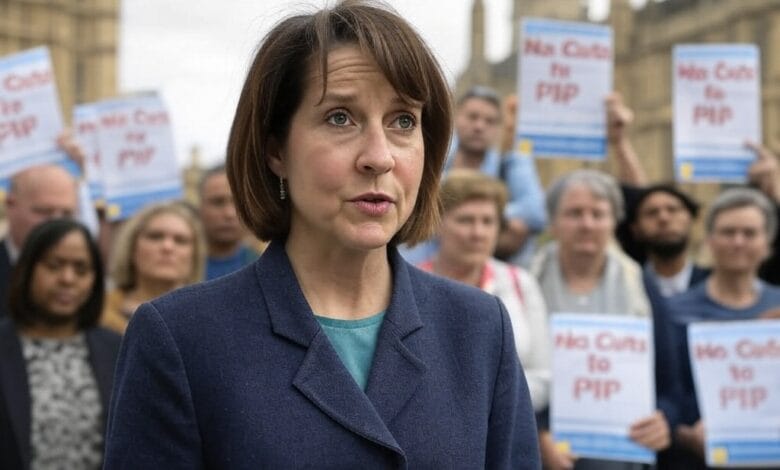What’s Happening with PIP? Liz Kendall’s Latest Reforms Explained—and Better Alternatives

The Big Picture: £5 Billion in Cuts by 2030
On Tuesday, March 18, 2025, Liz Kendall addressed the House of Commons, announcing plans to save £5 billion by tightening disability and sickness benefits. She argues the system is “failing the very people it’s supposed to help,” with a £20 billion rise in costs since the pandemic and another £18 billion projected by decade’s end. Her focus? PIP, a lifeline for over 3.6 million people with long-term health conditions or disabilities.
PIP Eligibility: A Tougher Bar to Clear
Kendall’s big change hits PIP’s daily living component from November 2026. Claimants will need to score at least four points in one assessed activity to qualify—think needing help with cooking or dressing. Scoring below that (e.g., needing prompts to wash) could disqualify many with milder conditions. The mobility component stays unchanged, and Kendall’s scrapped Tory ideas like vouchers or freezes. Still, it’s a cut dressed up as reform.
Why the Change?
Kendall calls the £70 billion welfare bill by 2030 “unsustainable”. She’s pairing PIP changes with scrapping the Work Capability Assessment, linking Universal Credit health top-ups to PIP, and adding a “right to try” work policy with £1 billion for employment support. It’s pitched as pro-work, but critics see it as penny-pinching at the expense of the vulnerable.
The Backlash: “Cruel Cuts” vs. Necessary Reform
Disability charities label the cuts “immoral,” predicting poverty for many. The Resolution Foundation warns 1.2 million could lose £4,200–£6,300 yearly. Labour MP Clive Lewis says his constituents are “very angry” at this un-Labour-like move. X users echo this, with posts calling Kendall “clueless and callous,” noting PIP enables work for many disabled people.
Kendall’s defenders, including some Labour MPs, praise her work focus. The Institute for Fiscal Studies calls it “fundamental,” though details are hazy. Kendall told Sky News she’s “cross” about a system “writing off” lives.
Alternatives to Cuts: Supporting PIP Claimants Better
Instead of slashing PIP, what if we fixed the system to save money and help claimants? Here are some ideas gaining traction:
- Streamline Assessments, Cut Admin Costs: Stop reassessing people with lifelong conditions (e.g., evidenced by medical professionals) where maximum PIP is already awarded. This slashes waiting times and admin costs—no cuts needed.
- Tiered Awards for Fairness: Replace the rigid two-tier system (standard/enhanced) with multiple levels for daily living and mobility. This ensures support matches need, avoiding overpayments or under-support.
- Enablement Payments for Work: Shift some PIP into “enablement payments” to help disabled people work—think funding workplace adjustments or transport.
- Guaranteed Decent Income: Disability Rights UK advocates a baseline income (e.g., 50% of minimum wage) to replace punitive cuts.
- Fix the Root Issues: Scope argues for tackling crumbling public services, poor job quality, and healthcare access—real barriers to work.
These ideas cut waste, target support, and boost employment without stripping away lifelines.
What’s Next?
Kendall’s promised a consultation with disabled people on employment support, with MPs debating the PIP changes soon. She’s vague on numbers affected, pending OBR figures next week. Changes won’t hit until November 2026, leaving room for pushback—or better ideas.
My Take
Kendall’s right that welfare costs are ballooning, but cuts feel like a sledgehammer when a scalpel could do. PIP isn’t a luxury—it’s what keeps many afloat. Alternatives like streamlined assessments or tiered awards could save money without pain.
Let’s Make PIP Work for Everyone!
What do you think—should we fight the cuts or push these alternatives? Drop your thoughts in the comments below, share your PIP story, or tweet me at @waynelewisuk. Let’s get this conversation loud enough for Westminster to hear—share this post and join the movement for a fairer system!




